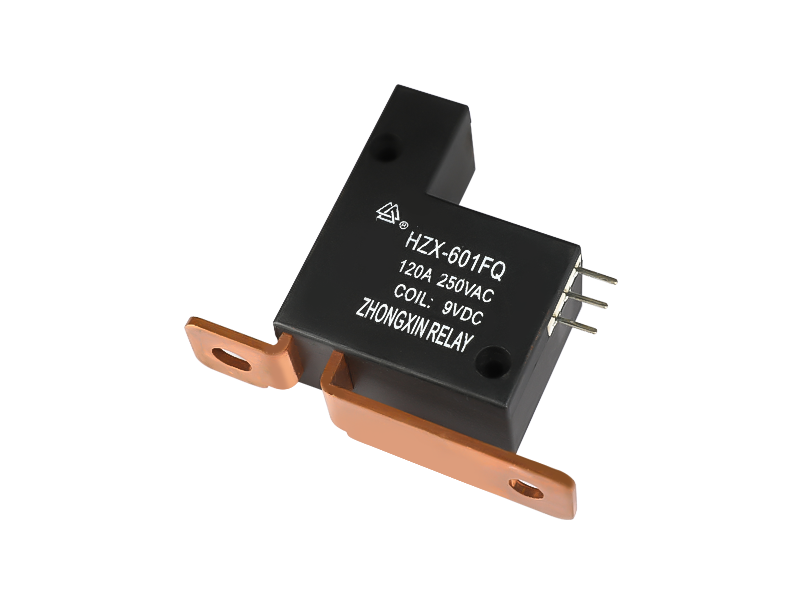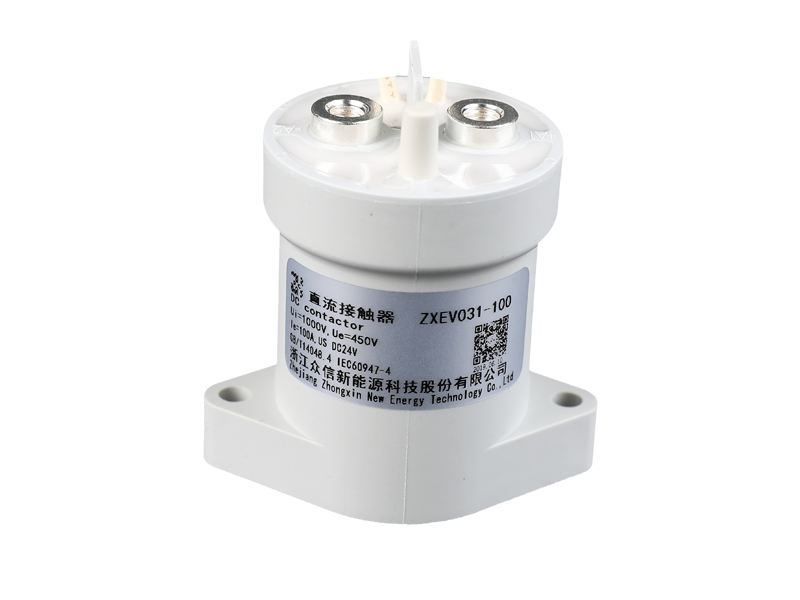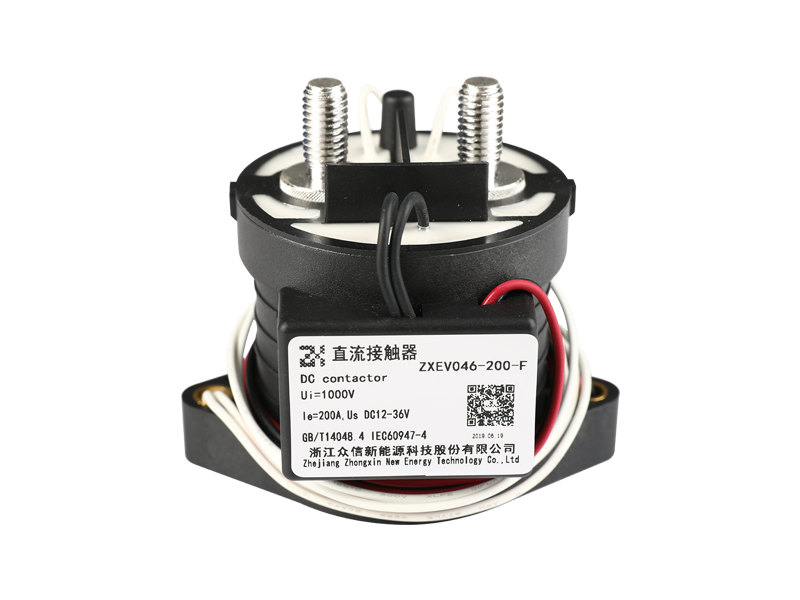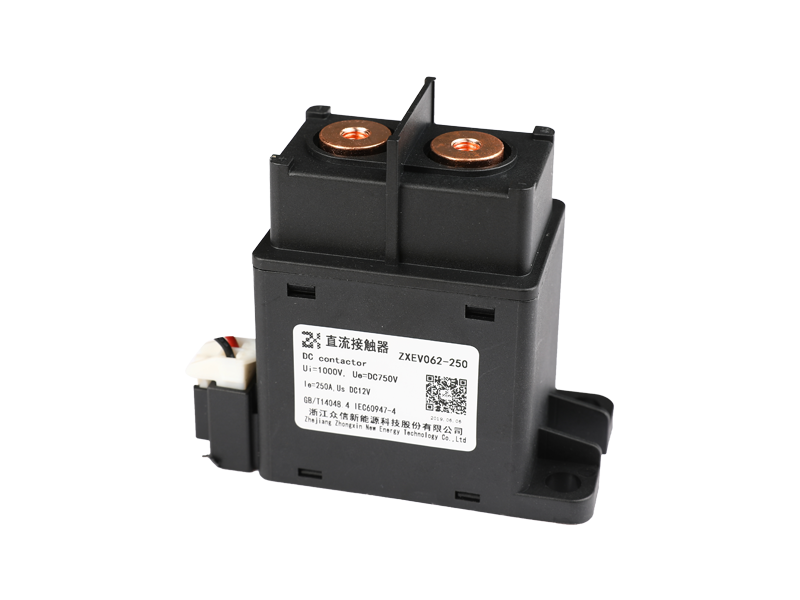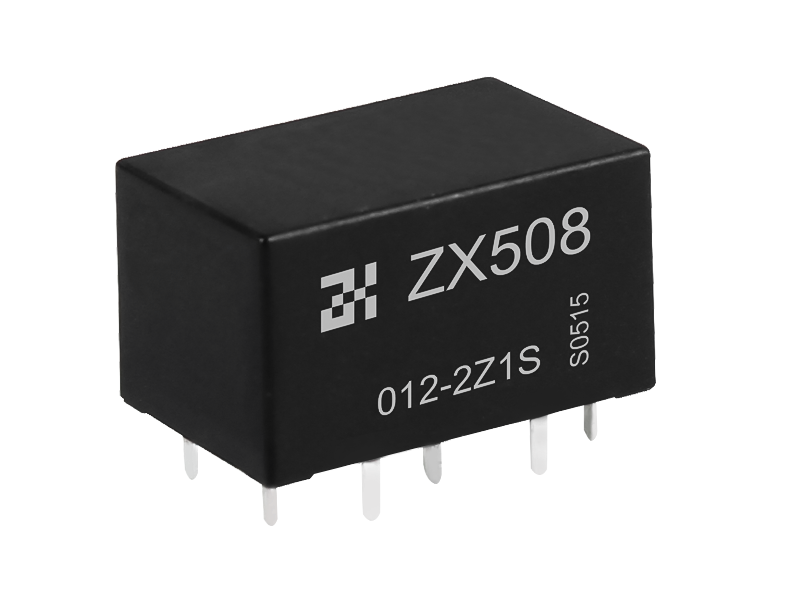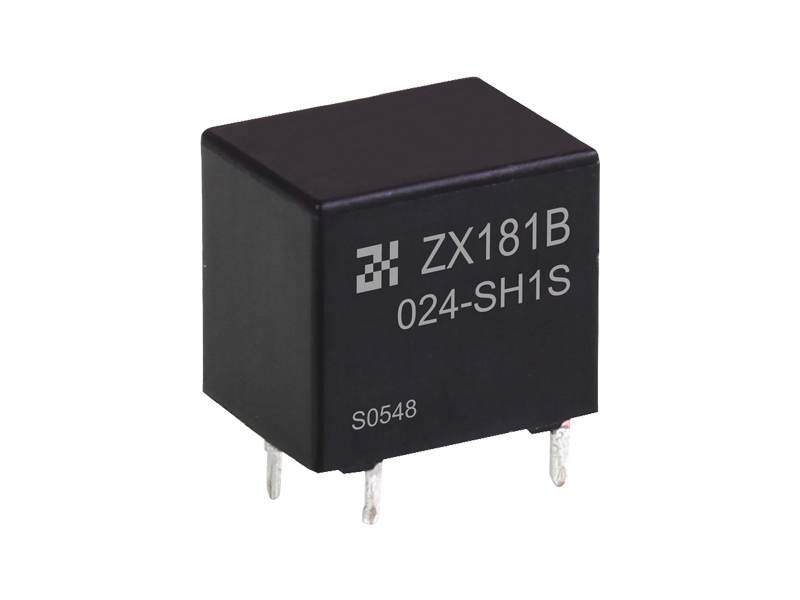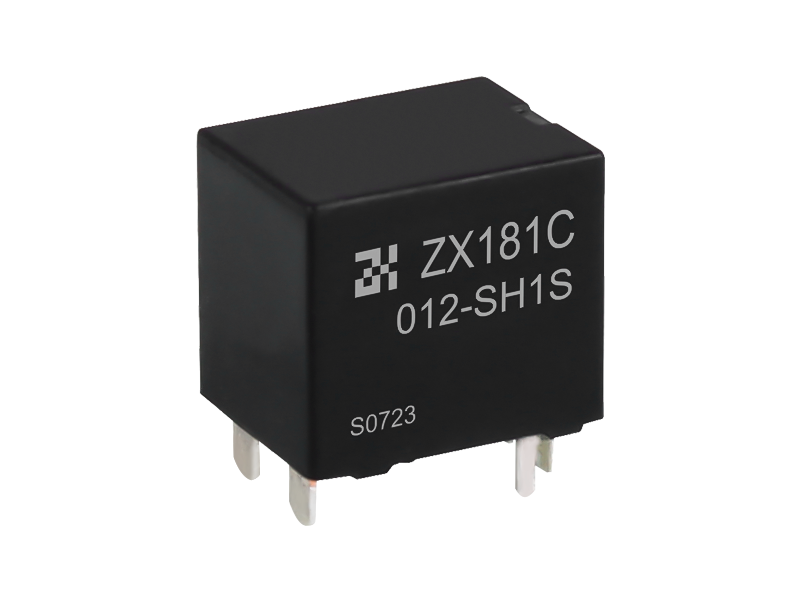In the rapidly evolving automotive industry, automotive relays have emerged as critical components driving the advancement of modern vehicles. These compact yet sophisticated devices serve as electrical switches that control high-power circuits in cars, trucks, and motorcycles, ensuring reliable performance and safety across a wide range of applications. As vehicles become more electrified, connected, and autonomous, the demand for advanced automotive relays continues to grow, shaping the future of transportation.
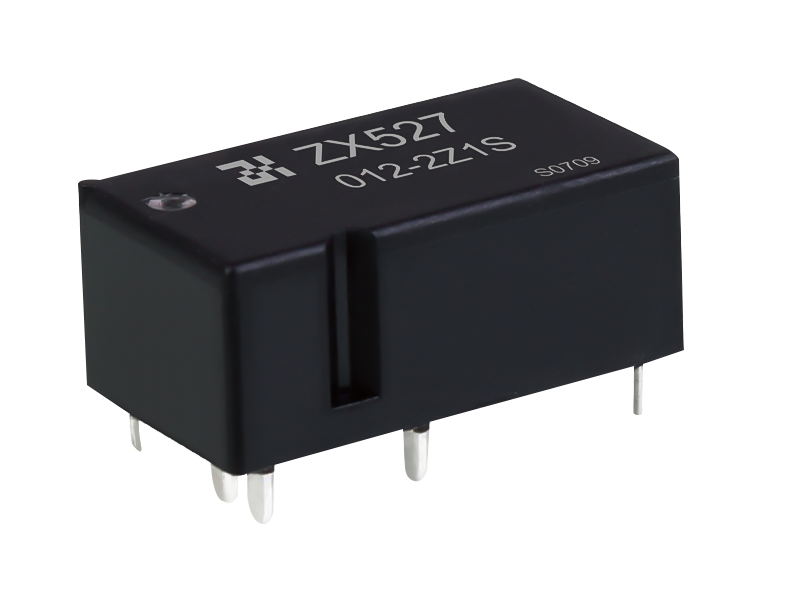
The development of automotive relays has been marked by significant technological breakthroughs to meet the evolving needs of the industry. One of the key innovations is the shift toward miniaturization and high-efficiency designs. Modern relays are now smaller and lighter than ever before, allowing for easier integration into compact vehicle layouts while maintaining robust performance. For example, surface-mount technology (SMT) has enabled the production of micro relays that can handle high currents in space-constrained environments, such as electric vehicle (EV) battery management systems.
Another major trend is the adoption of solid-state relays (SSRs) alongside traditional electromechanical relays. SSRs use semiconductor devices to switch circuits, offering advantages such as faster switching speeds, no moving parts (reducing wear and tear), and improved resistance to vibration and shock. These features make SSRs ideal for applications in autonomous vehicles and advanced driver-assistance systems (ADAS), where reliability and precision are paramount.
Additionally, automotive relay manufacturers are incorporating advanced materials to enhance durability and thermal management. Heat-resistant polymers and coatings are being used to protect relays from the high temperatures generated in modern engines and EV powertrains. This ensures that relays can operate reliably in extreme conditions, extending their lifespan and reducing the risk of electrical failures.
Automotive relays play a vital role in various vehicle systems, contributing to both functionality and safety:
Power Distribution: Relays are essential for managing the flow of electricity in vehicles, controlling high-power components such as starter motors, alternators, and air conditioning compressors. In hybrid and electric vehicles, they regulate power transfer between the battery, motor, and inverter, ensuring efficient energy use.
Safety Systems: Relays are integrated into safety-critical applications like anti-lock braking systems (ABS), airbag deployment systems, and emergency lighting. Their rapid switching capabilities are crucial for immediate response in critical situations, enhancing overall vehicle safety.
ADAS and Autonomous Vehicles: As vehicles become more autonomous, automotive relays are used to control sensors, cameras, and actuators in ADAS. For example, relays can switch power to lidar systems or adjust the position of side mirrors based on sensor inputs, enabling seamless coordination between different components.
Lighting and Comfort Features: Relays manage vehicle lighting systems, including headlights, taillights, and interior lighting, as well as comfort features like power windows, seats, and heating/cooling systems. Their reliability ensures consistent performance of these everyday functions.
The global market for automotive relays is experiencing steady growth, driven by several key factors:
Electrification of Vehicles: The rise of EVs and hybrid vehicles has increased the demand for high-voltage relays capable of handling the unique power requirements of these platforms. According to industry reports, the EV relay market is expected to grow at a CAGR of over 8% in the coming years, as more automakers transition to electric powertrains.
Increasing Vehicle Complexity: Modern vehicles are equipped with more electronic systems than ever before, leading to a higher number of relays per vehicle. From infotainment systems to advanced safety features, each electronic component often requires a relay for reliable operation.
Stringent Emission Standards: Tighter environmental regulations have pushed automakers to adopt more efficient electrical systems, which rely on advanced relays to reduce energy consumption and improve overall vehicle performance.
Aftermarket Demand: The replacement market for automotive relays remains strong, as older vehicles require periodic maintenance and part replacements to ensure continued reliability.
While the industry is thriving, automotive relay manufacturers face challenges such as the need to balance performance with cost, as well as the demand for even smaller and more energy-efficient designs. Additionally, the integration of relays with smart technologies, such as Internet of Things (IoT) connectivity, requires advancements in software and hardware compatibility.
Looking ahead, the future of automotive relays will be shaped by innovation in materials science, miniaturization, and smartization. Manufacturers are likely to focus on developing relays that can withstand higher voltages and currents, support fast-charging systems in EVs, and integrate with vehicle-to-everything (V2X) communication technologies. As the automotive industry moves toward full electrification and autonomy, automotive relays will remain a cornerstone of vehicle design, ensuring safe, efficient, and reliable operation for years to come.


